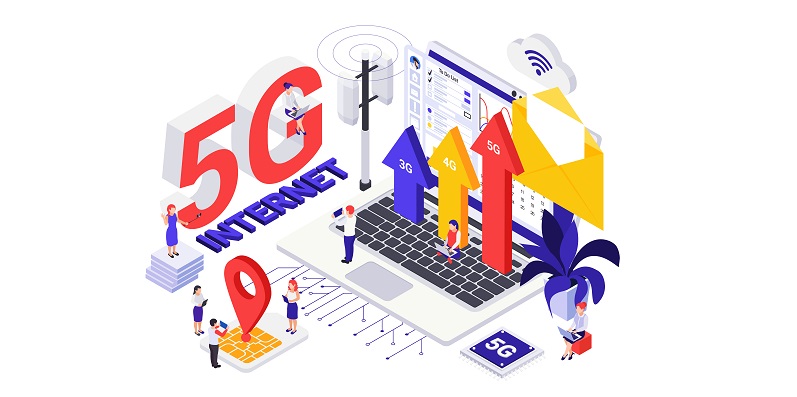As the world becomes increasingly dependent on fast and reliable connectivity, the emergence of 5G technology is set to revolutionize the way we live, work, and communicate. Boasting incredible speed, ultra-low latency, and massive connectivity capabilities, 5G is not only the fastest-growing cellular technology but is also projected to become the most widely adopted, surpassing its predecessor, 4G LTE, by over 2.5 billion connections by 2028.
5G Growth and Adoption
The past six months have witnessed a staggering surge in the adoption of 5G connections, with the global total reaching a remarkable 1.4 billion. According to Omdia’s latest forecast, this growth is set to accelerate, leading to an estimated 8 billion 5G connections by 2028, surpassing the first-decade growth of LTE by an impressive 2.5 billion connections.
Global 5G Connections
To put into perspective the pace at which 5G is proliferating, an astounding 331 million new 5G connections were added in the last six months alone. This remarkable growth highlights the enthusiasm surrounding 5G technology and the increasing demand for lightning-fast connectivity worldwide.
North America’s Leadership in 5G
When it comes to leading the 5G race, North America is at the forefront. By the close of Q2 2023, the region boasted an impressive 151 million 5G connections, with an additional 496 million LTE connections demonstrating the continued strength of 4G networks. The 5G penetration rate in North America stands at an exceptional 40 percent, with a growth rate of 25.5 percent in the first half of 2023.
Future projections for North America
Buoyed by its early adoption and robust infrastructure, projections indicate that North America’s 5G connections will reach a staggering 669 million by 2028. The region’s commitment to unleashing the full potential of 5G will not only transform industries but also solidify its position as a global leader in technology and innovation.
4G LTE growth in Latin America and the Caribbean
While North America charges ahead with 5G, Latin America and the Caribbean continue to witness robust growth in 4G LTE networks. In Q2 2023 alone, the region experienced a quarterly growth rate of 1.9 percent, adding 10.6 million new LTE connections. This expansion underscores the ongoing efforts to bridge the digital divide and ensure reliable connectivity for all.
The Rise of 5G in Latin America and the Caribbean
Embracing the transformative power of 5G, the region is poised to triple its 5G connections by the end of 2023, reaching a total of 62 million. Projections indicate that Latin America and the Caribbean will witness an exponential increase in 5G network coverage and deployments, with an estimated 501 million 5G connections by 2028.
Worldwide 5G networks
The global momentum of 5G is exemplified by the existence of 287 commercial 5G networks worldwide. These networks are set to rapidly expand, with projections suggesting an increase to 425 networks by 2025. This global footrace in 5G deployment underscores the competition among nations to capitalize on the immense potential of this game-changing technology.
The rapid growth and widespread adoption of 5G technology herald a new era of unparalleled connectivity. With its breakthrough speed, low latency, and vast network capacity, 5G is poised to revolutionize industries, enable new applications such as autonomous vehicles and IoT devices, and redefine how we work, learn, and interact. As North America leads the charge, Latin America and the Caribbean are swiftly catching up, and the world at large is eagerly embracing the 5G revolution. The future promises a hyper-connected world where innovation knows no bounds, driven by the power of 5G.

